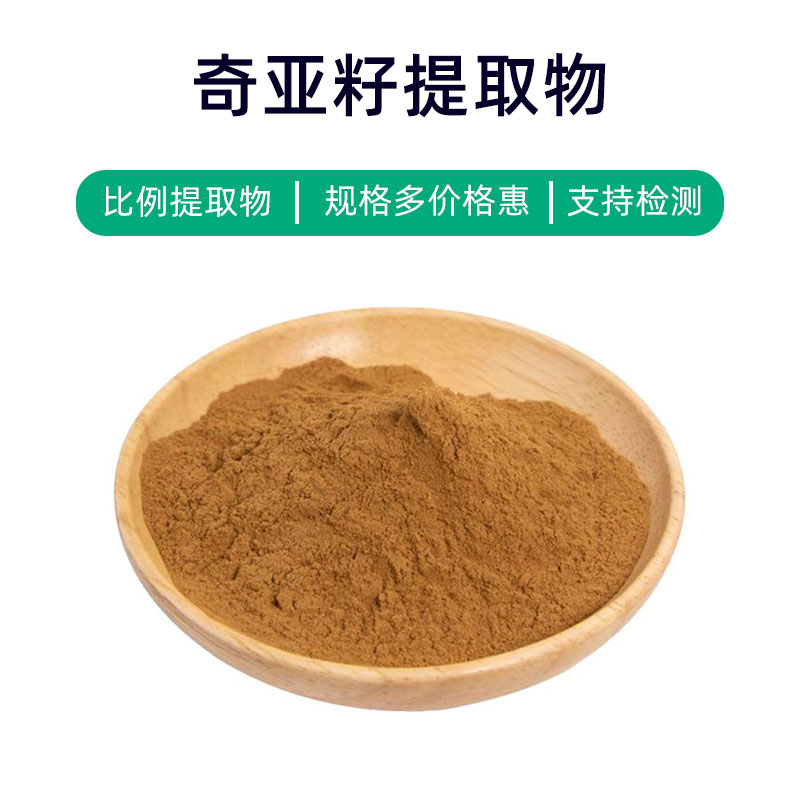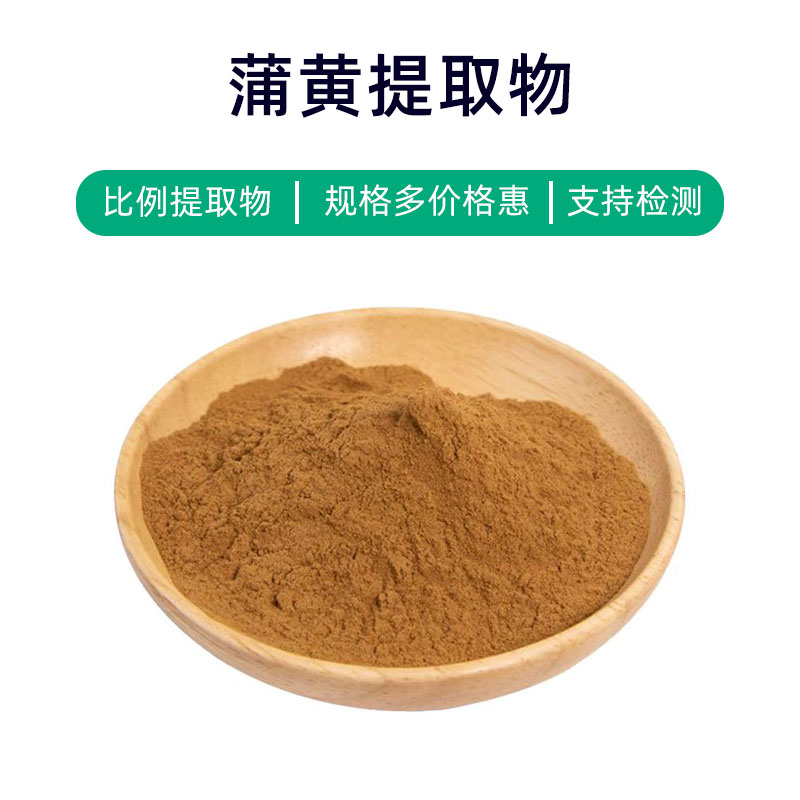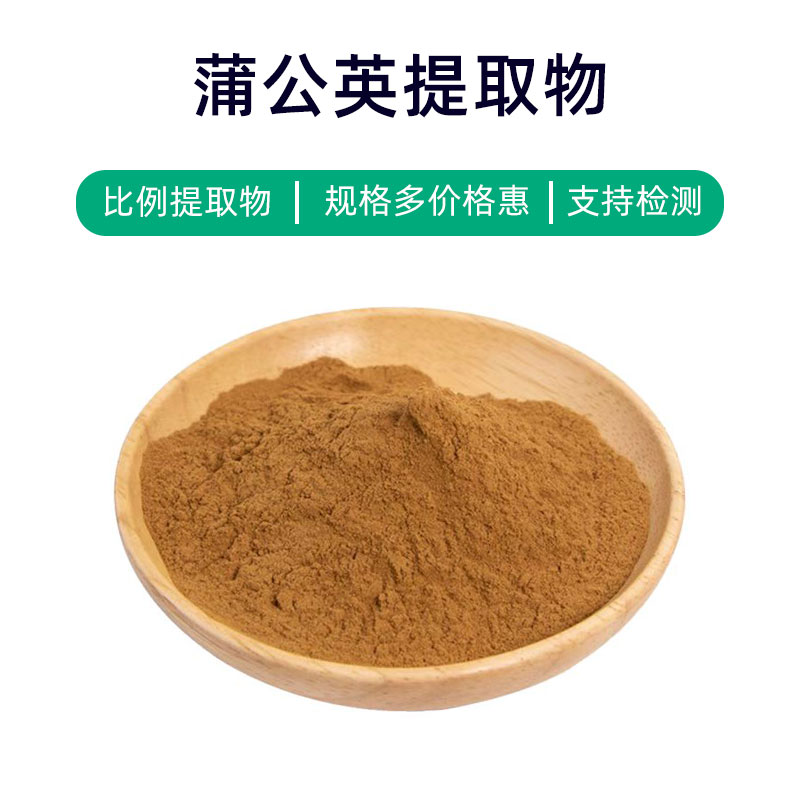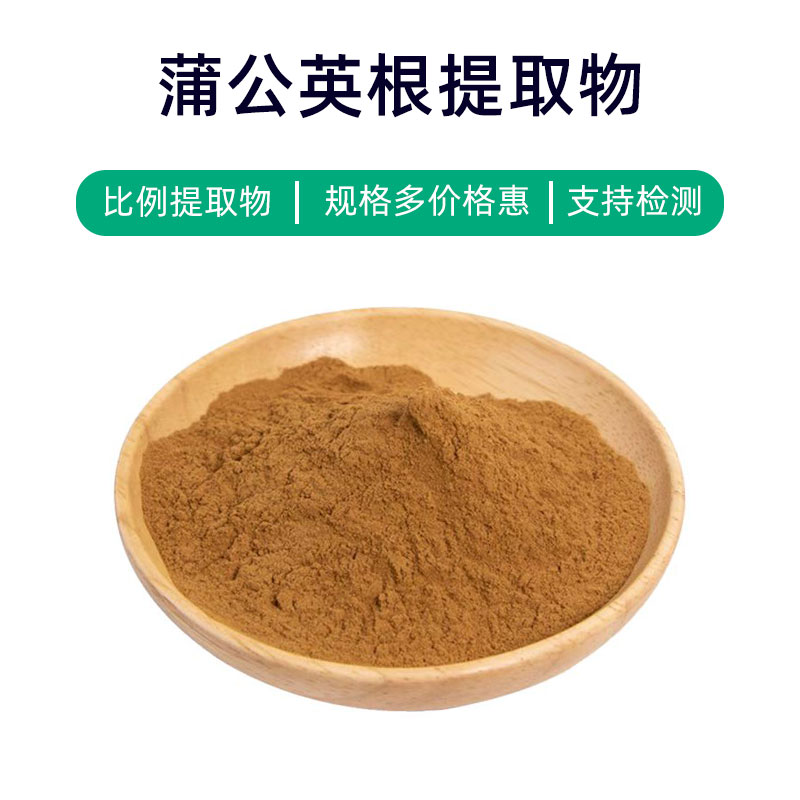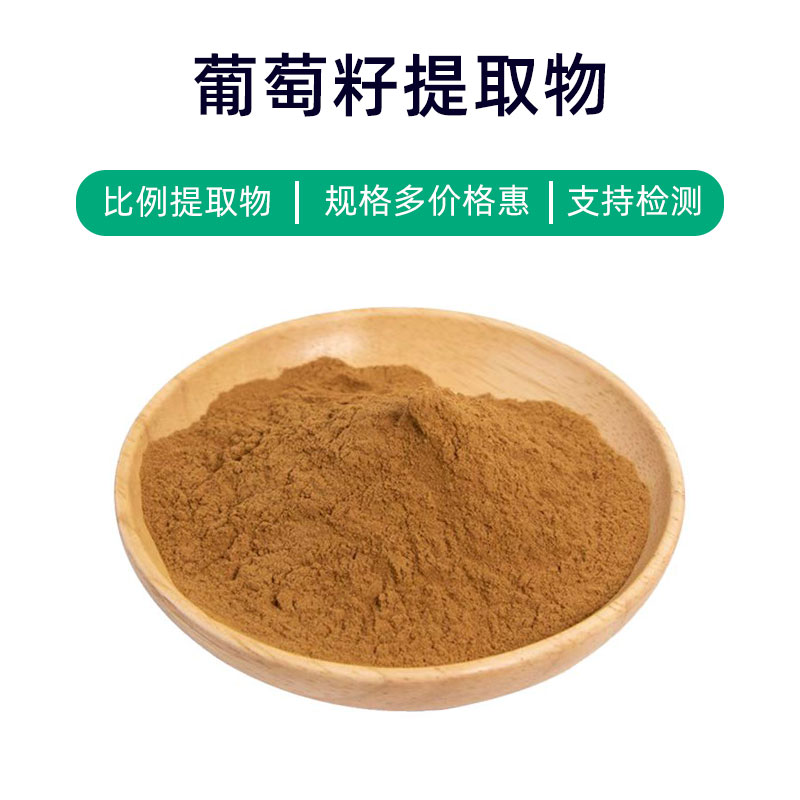Soybean Extract Product Introduction
Soybean extract is a natural plant extract derived from soybean seeds, primarily composed of isoflavones (like soy isoflavones), soy isoflavone glycosides, proteins, and polysaccharides. These components confer a variety of benefits and applications to the soybean extract.
Firstly, soybean extract is rich in isoflavones, which have plant estrogen-like effects and can help alleviate symptoms of menopause, such as hot flashes and mood swings, while also benefiting bone density and cardiovascular health. Secondly, the extract contains a high level of protein, which aids in enhancing physical strength and muscle recovery, making it suitable for athletes and fitness enthusiasts. Additionally, the polysaccharides in soybean extract exhibit antioxidant and immune-regulating properties, helping to improve resistance to infections and inflammation.
In the pharmaceutical field, soybean extract is commonly used to prepare health supplements and medications, such as menopause relief products, calcium supplements, and cardiovascular health products. In the food industry, it is often utilized in the processing of soy milk, tofu, and other soy products, enriching food with nutrition and functionality. In cosmetics, soybean extract is used in skincare and beauty products for its moisturizing, antioxidant, and anti-aging properties.
In summary, soybean extract is a natural plant extract with diverse benefits and applications, holding broad prospects in pharmaceuticals, food, and cosmetics.
Soybean Extract Production Process
The production process of soybean extract typically includes the following steps:
- Raw Material Preparation: First, select high-quality soybeans. The soybeans should be washed and screened to remove impurities and defective beans.
- Soaking: Soak the cleaned soybeans in water to soften the soybean grains and facilitate subsequent processes. The soaking time is usually 6 to 12 hours.
- Grinding: Grind the soaked soybeans to break down the beans and release the effective components. The ground soybeans form a slurry.
- Extraction: Use extraction methods to obtain the soybean extract from the soybean slurry. Common extraction methods include solvent extraction, supercritical fluid extraction, and water extraction, utilizing solvents or supercritical fluids to extract target components from the slurry.
- Concentration: Concentrate the extracted solution to increase the concentration of the target components. Common concentration methods include vacuum concentration and evaporative concentration.
- Refinement: Refine the concentrated extract to remove impurities and non-pure substances, creating a pure soybean extract.
- Drying: Dry the refined soybean extract to remove moisture and obtain a dry powder. Common drying methods include spray drying, vacuum drying, and freeze drying.
- Packaging: Finally, package the dried soybean extract using moisture-proof and airtight materials to ensure product quality and stability.
Through these procedures, high-quality soybean extract can be produced for use in pharmaceuticals, food, cosmetics, and other industries.
Effects and Side Effects of Soybean Extract
Soybean extract, as a natural plant extract, has various effects and benefits in pharmaceuticals, health products, food, and cosmetics.
- Antioxidant Effects: Soybean extract is rich in polyphenolic compounds, such as isoflavones and flavonoids, providing strong antioxidant effects that help eliminate free radicals, delay cell aging, and protect cells from oxidative stress.
- Lipid-Lowering Effects: Rich in soy isoflavones, soybean extract can regulate lipid metabolism, lower low-density lipoprotein cholesterol (LDL-C) levels, and increase high-density lipoprotein cholesterol (HDL-C) levels, thus reducing blood lipids and the risk of cardiovascular diseases.
- Promoting Bone Health: The isoflavones in soybean extract can mimic estrogen, helping to prevent osteoporosis and fractures, thereby protecting bone health.
- Improving Women's Health: The isoflavones in soybean extract exhibit estrogen-like effects, alleviating symptoms of menopause and improving women's physiological health.
- Regulating Blood Sugar: Some active components in soybean extract offer blood sugar-lowering effects, helping stabilize blood sugar levels and prevent and improve metabolic diseases like diabetes.
- Beauty and Skin Care: Soybean extract contains rich proteins, vitamins, and minerals with moisturizing, anti-inflammatory, and antioxidant properties, making it beneficial for improving skin texture and reducing wrinkles and spots.
- Hormonal Level Regulation: Isoflavones in soybean extract may help alleviate symptoms caused by hormonal imbalances by mimicking estrogen.
Although soybean extract has many benefits, potential side effects such as allergic reactions and digestive issues should be noted. It is advisable to conduct allergy tests before use and follow the dosage guidelines provided by healthcare professionals.
Application Scenarios and Dosage of Soybean Extract
As a natural plant extract, soybean extract has wide applications in pharmaceuticals, food, and cosmetics.
- Pharmaceutical Applications:
- Soybean extract is primarily used in pharmaceuticals to make health products and medications, such as soy isoflavone products for alleviating menopause symptoms and preventing cardiovascular diseases.
- Dosage: Generally recommended for daily oral intake, with dosage varying by individual; consult a healthcare provider for guidance.
- Food Applications:
- Soybean extract is widely used in the food industry for producing soy milk, tofu, and other soy products, enriching the nutritional content and enhancing flavor.
- Dosage: Add according to food processing recipes, quantity determined by the specific product.
- Cosmetic Applications:
- Soybean extract is commonly used in cosmetics for its moisturizing, antioxidant, and whitening effects, applicable in skincare products, shampoos, and masks.
- Dosage: Add an appropriate amount according to the product formulation; generally recommended to follow product instructions.
- Medical Recommendations:
- For medical uses, it is advised to use under physician guidance, especially for improving menopause symptoms and preventing cardiovascular diseases.
- For menopause relief, standardized soy isoflavone extracts are recommended, with dosage and usage based on product guidelines or medical advice.
- Standard dosage for cardiovascular disease prevention is typically 30-80 mg of soy isoflavones per day.
- Food Use Recommendations:
- When using soybean extract in food processing, select high-quality extracts that meet food safety standards.
- Ensure adequate solubility and uniform distribution during processing, adding soybean extract according to product type and flavor requirements.
- Cosmetic Use Recommendations:
- For cosmetic applications, opt for products containing soybean extract, especially for skin needing moisturizing, antioxidant, and whitening benefits.
- Use according to the dosage instructions on product labels to avoid adverse effects due to excessive use.
In summary, soybean extract holds broad application prospects in pharmaceuticals, food, and cosmetics, but proper use based on specific situations and product instructions is essential to ensure safety and effectiveness.
Soybean Source Plant Introduction, Distribution, and Growth Environment
Soybean (scientific name: Glycine max (L.) Merr.) is a legume that is an annual herb originating from Northeast China, making it one of the world’s major economic crops. Below is a detailed introduction regarding the source plant of soybean extract, its distribution, and growth environment:
- Plant Introduction:
- Soybean is significant for food and oil processing, rich in proteins, fats, carbohydrates, and various vitamins.
- The stem is upright, leaves are alternate, with compound leaves comprising three leaflets; the flower clusters are axillary, featuring butterfly-shaped flowers that are purple or white.
- Distribution:
- Originally from Northeast China, soybeans spread worldwide and have become one of the primary food and oil crops.
- Currently, soybeans are widely cultivated across Asia, North America, South America, Europe, and Africa, ranking among the crops with the largest planted areas and yields.
- Growth Environment:
- Soybeans thrive in warm and humid climates, with optimal growing temperatures between 20-30 degrees Celsius, ideally around 25 degrees.
- They adapt well to various soil types but prefer loose, fertile, well-drained loamy soil; while tolerant of acidic soils, they are less suitable for heavily saline-alkaline lands.
- Planting and Cultivation:
- Being an annual plant, soybeans typically mature and are harvested within 90-120 days after sowing; planting occurs in the spring, favoring warm temperatures, suitable soil conditions, and ample sunlight.
- Cultivation methods include direct planting and transplanting after seedling growth, with fertilization, irrigation, and weeding management critical for soybean growth.
- Growth Characteristics:
- Soybeans have a short growth cycle and vigorous growth, capable of forming extensive leaf area in a short time, utilizing light energy for rapid photosynthesis.
- Their developed root systems aid in nutrient and water absorption, while also fixing nitrogen in the soil, contributing to soil improvement.
In conclusion, soybeans are an important crop with high adaptability and wide distribution, flourishing well in warm and humid climates, and hold significant importance for agricultural production and human life.
Processing and Storage of Soybean Extract
The processing of soybean extract mainly involves the following steps: First, select and wash the raw materials, then crush, defat, soak, and filter the cleaned soybeans, followed by concentrating and drying to produce soybean extract. Throughout the processing, strict control of parameters is essential to ensure product quality and stability. During storage, keep in a dry, cool, and ventilated environment, avoiding direct sunlight and high temperatures. Sealed storage can extend the shelf life of soybean extract, preventing moisture, mold, and oxidation.
Monica Sun is a seasoned expert in the plant extraction industry with over a decade of experience in research and production. She specializes in the extraction and purification of plant active ingredients, focusing on driving innovation in natural product applications. Monica has participated in the development of multiple functional plant extracts, delivering high-value natural raw material solutions for the health food, pharmaceutical, and dietary supplement sectors.









